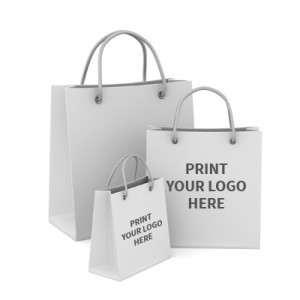

A while back I posted a question on the TSEA (Trade Show Exhibitors Association) Group on LinkedIn about the use of promotional products. There were 45 comments soon after and the discussion is still going strong. Comments ranged from those who thought promotional products were a waste of time and resources to those at the other end of the spectrum who found them very useful.


Tote bags, pens, mouse pads, lanyards, CD’s, note pads, candy, gizmo’s for your computer, stress balls, luggage tags, buttons, pins, card holders, golf tees, sweat bands, mugs… don’t you just love it? Lots of people do. Ask visitors why then attend certain shows or what they remember best and they say – “all those cool giveaways.”
Ask them what they remembered more, the give away or the exhibitor, and nine time out of ten the answer is the give away. So, does the investment in promotional products at a show make sense? Sure it does. But there is more to making a promotional product work. It’s serious business and requires some serious thought.
A study by the Promotional Products Association International reported some interesting findings:
Of the people who received a promotional product in the last 12 months,
The advertising specialty people like to use cost per impression as their method of measurement. A study by the Advertising Specialty Institute found that bags topped the list with a staggering 1,038 impressions per month per bag given away. Caps were next with 476 per month followed in descending order by shirts (365), writing instruments (363), Business accessories (294), Glassware (251) and Calendars (227).
The other noteworthy response was that in terms of wearables. The average respondent usually kept the article for seven months; bags were nine months and glassware seven.
The study reported that the most commonly used products were writing instruments (54%), Shirts (45%), Caps (31%), Bags (29%), Glassware (23%), business accessories (17%), Calendars (17%) and other wearable’s (4%).
How often does a respondent use the product?
One further noteworthy finding was that 42% said their impression of the company who gave them a promotional product was more favorable after receiving the item. The only exception here was bags where the number increased to 53%.
Here is a sampling of the positive and helpful comments that were posted on the TSEA Linkedin Group.
The debate rages on. Some love proportional products and swear by the benefits they receive while others avoid the discussion altogether. But, in an age when we need every advantage we can to make our show participation memorable, perhaps promotional products deserve another chance.
© 2010 by Barry Siskind. Barry Siskind is author of Powerful Exhibit marketing. He is also President of International Training and Management Company who offers a number of services to exhibitors including the creation and implementation of a mystery-shopping program. Contact Barry at barry@siskindtraining.com for more information.
When it comes to finding reliable partners in the Canadian market, Scott's Directories is an…
A Western Directory can significantly enhance your B2B marketing strategy. By leveraging detailed data, you…
Finding the right healthcare facility is crucial for quality care. The list of hospitals in…
In today's competitive business landscape, companies across various industries in Canada rely heavily on comprehensive…
Connecting with pharmaceutical professionals is crucial for businesses and healthcare providers. A reliable pharmacist directory…
Today’s data-driven world constantly pushes businesses to seek innovative ways to harness the power of…